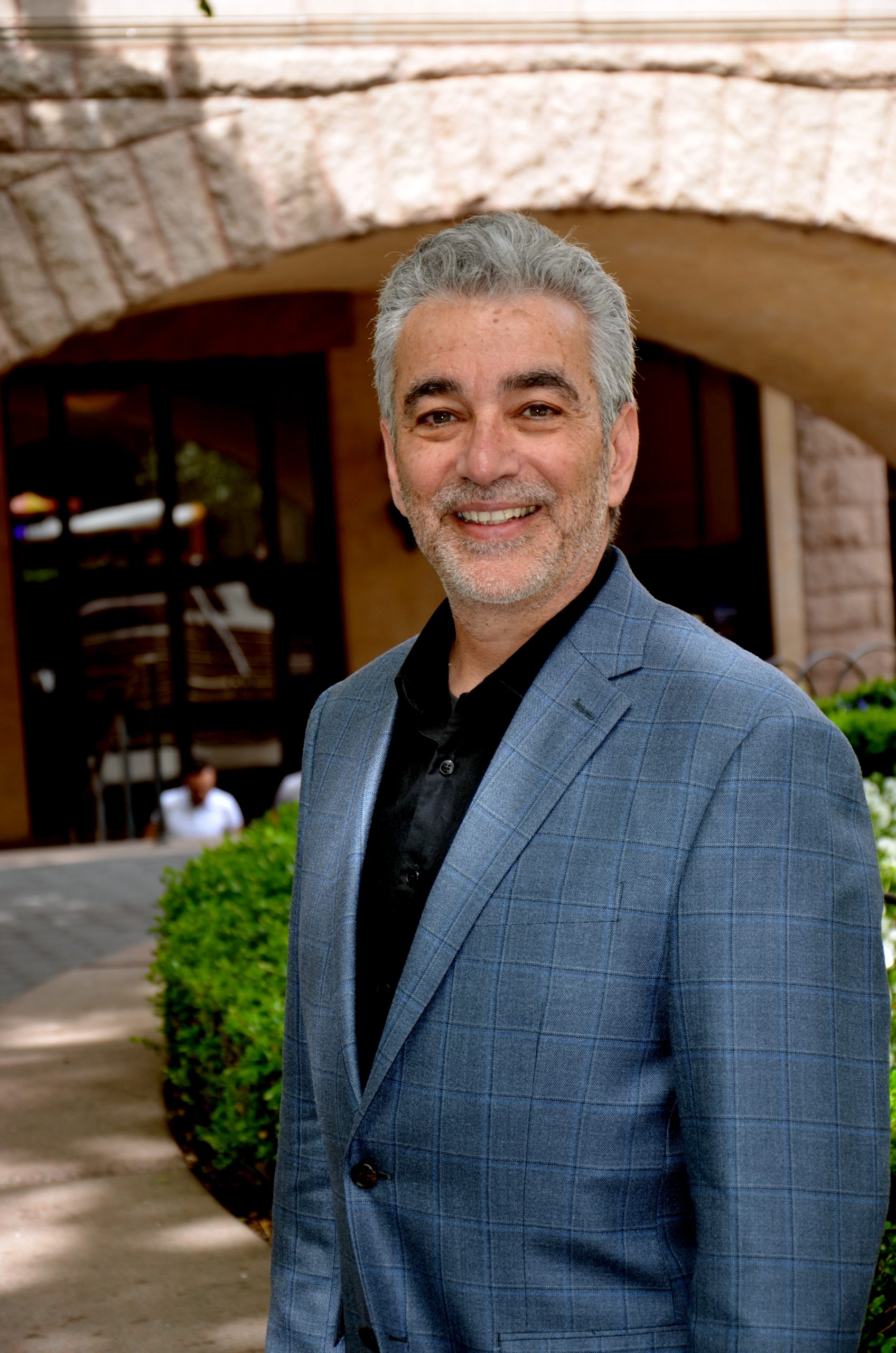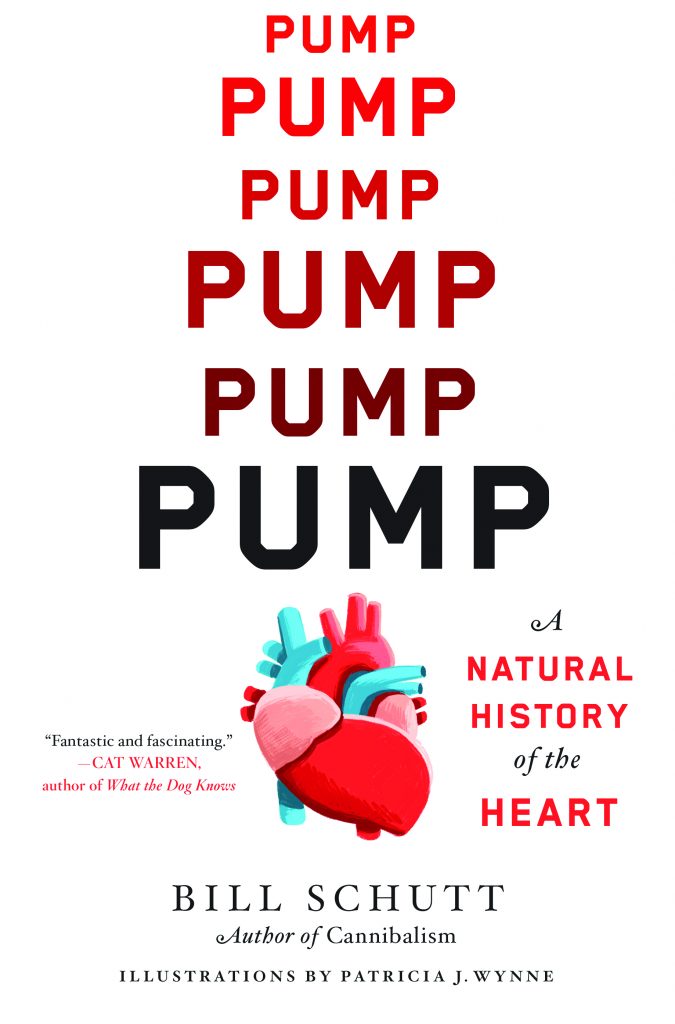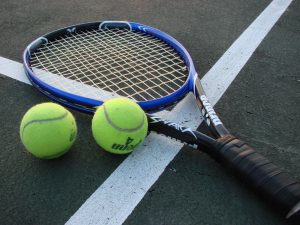By Emma Robinson & Miranda Ruiz, Co-Editor-In-Chief & Contributing Writer
Post biology professor emeritus Bill Schutt released his newest novel “PUMP: A Natural History of the Heart” on Sept. 21. Schutt is a vertebrate zoologist and author of six nonfiction and fiction books.
On Thursday Oct. 7, Schutt held a book signing event at Post in the Krasnoff theater. He also gave a presentation on several of the many stories his book follows from the recovery and exhibition of a blue whale heart to the industry based around the blood of horseshoe crabs, accompanied by illustrations by Patricia Wynne that are featured in the book.
After finishing his previous book “Cannibalism: A Perfectly Natural History”, Schutt was presented with a list of potential topics for his next non-fiction book, one of which was the heart. Schutt expressed that he was initially hesitant to pursue such a topic that has been written about many times before. However, after some research, he began to look at the topic in a different light.
“I probably looked at it for a week or so, and the stuff that I found just blew me away. There was so much intriguing history. There were interesting examples in the animal kingdom, like Antarctic ice fish with anit-freeze in its blood,” Schutt said.
Schutt worked on his book for approximately a year and a half. Traveling to places like Toronto and researching while also teaching at Post full time.
In April 2014, the bodies of two blue whales washed ashore off the southwestern coast off the island of Newfoundland, Canada. One of the hearts of the whales was recovered and later displayed in the Royal Ontario Museum in Toronto. The recovery and preservation of the heart is documented in Schutt’s book. He was able to travel to Toronto to see the heart himself, as well as interview the curators and scientific assistants that performed the recovery.
“The exhibition [in Toronto] of that blue whale heart had closed, so [the blue whale researchers] had crated it up and put it in this big warehouse. They broke it out for me, so I was able to see this thing. When I saw it for the first time I’d seen pictures of it, but it was in a big exhibition hall. To be able to walk up to it just was amazing,” Schutt said.
However, while some topics covered in his book about the heart provided experiences such as seeing the blue whale heart, according to Schutt, were a bit more difficult to approach.
“Some of the topics were difficult. Baby Fae was difficult. That was a transplant of a baboon heart into a desperately ill infant in 1984 and that whole story got mega press back then,” Schutt said.
In 1984, a surgery was performed by Dr. Leonard Bailey on an infant known as Baby Fae with hypoplastic left heart syndrome. In an attempt to save her life, a baboon heart was transplanted in place of her own damaged one, making her the first infant subject of a xenotransplant procedure and first successful infant heart transplant.
“When the media got hold of the Baby Fae story, it just became huge and even though Baby Fae died twenty days after the surgery, which is truly tragic, the ramifications of that surgery just improved medicine tremendously. There were no donor hearts of neonates, so after that media blitz, when [people] had desperately ill babies that died, they had [the infants’] hearts donated. Bailey did upwards of two hundred infant heart transplants over the next twenty years. There was never another baboon transplant. So, that was a difficult topic to approach, but ultimately it turned out to be a positive story,” Schutt said.
While writing his book, Schutt also experienced the typical editing process of leaving behind a section of his research that he enjoyed.
“I wrote this whole chapter about this Aztec warrior who gets captured and he gets marched up to the top of this pyramid. Then the priests lay him down and then they open him up and pull his heart out, and that’s how I was going to explain the difference between a neurogenic heart which the horseshoe crab would have and a myogenic heart where the beat is coming from within the heart itself. My editors were afraid that if I had this really cinematic scene, then it would sort of interrupt the flow of the book, so it got the boot,” Schutt said.
While the Aztec scene was cut, the final draft still kept the informational section about the horseshoe crab and its neurogenic heart. Schutt even used it as an example of his presentation in the Krasnoff theater to demonstrate how different organisms have circulatory systems that are much different than a human’s, but still work just as efficiently. Schutt stated that out of the several main points he’d like his readers to take away from his new book is the idea that just because other organisms function anatomically and physiologically different from humans doesn’t mean they are necessarily primitive.
“A lot of people look at hearts in the animal kingdom and sort of look down on them because they’re not the spectacular four-chamber beauty that we hold… Even though there are all sorts of different ways to get this job done, which is to circulate oxygen and carbon dioxide and waste and nutrients, they all work, and they all evolve to do these jobs and they do them very well.”
Schutt continues to research and share his knowledge with readers and is currently working on a book about teeth. He says that he wants to pursue another fairly common topic similar to the heart that he would be able to research and have strange takes on.
“If you look at dental history, it’s crazy. A lot of my friends are paleontologists and most of what we know about ancient animals is based on teeth. Whether it’s now climate or diet or what type of animal this was and what its feeding behavior was,” Schutt said.
The book is expected to be finished in May and get released sometime next year.
Visit billschutt.com for more information about Schutt and his endeavors.




Be First to Comment